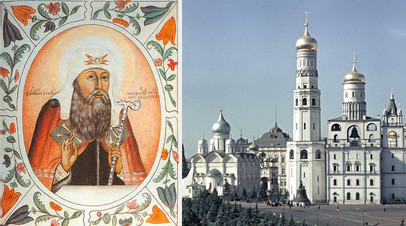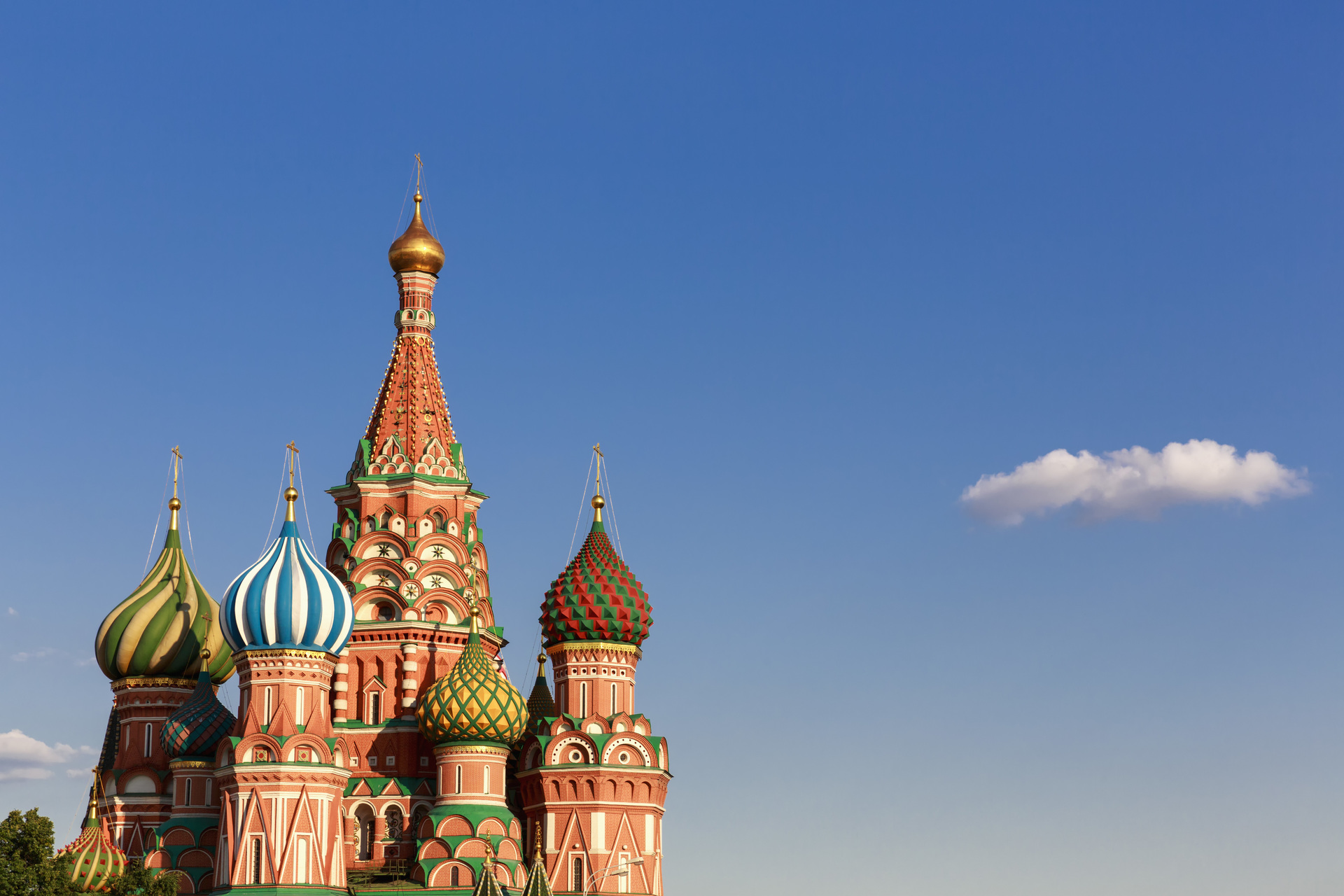On October 14, Orthodox Christians celebrate the Feast of the Intercession of the Blessed Virgin Mary. Its origins go back to the times of the Byzantine Empire, when, according to legend, thanks to the intercession of the Mother of God, Constantinople was saved from invasion. In Rus’, Intercession has become one of the most beloved and revered Orthodox holidays.
On October 14, Orthodox Christians celebrate the Feast of the Intercession of the Blessed Virgin Mary.
The history of its origin goes back to the times of the Byzantine Empire. In the 10th century, Constantinople was unexpectedly besieged by an enemy army. According to one version, they were Saracens, according to another, Russians. The Byzantine army could not help the capital in any way, since it was on a long march.
The details of this event are reflected in the lives of the Holy Fool Andrew of Constantinople. According to legend, the residents of the city, together with Patriarch Eusebius and Emperor Leo VI the Wise, gathered in the Blachernae Church, where the robe and part of the belt of the Mother of God were kept, to pray for her intercession and the salvation of the city. During prayer, blessed Andrew and his spiritual disciple Epiphanius saw the Most Holy Theotokos appearing from the side of the Royal Doors.
-
Reproduction of the icon “Protection of the Blessed Virgin Mary”, 16th century
-
RIA Novosti
“The Mother of God, bending her knees, prayed for a long time, watering her godlike and most pure face with tears. And after the prayer, she approached the altar, asking for the people standing around. And when she finished the prayer, with wonderful dignity she took off her maforium (a large women’s scarf-veil. – RT), which she wore on her immaculate head and which looked like lightning, and, taking it with her most pure hands (and he was large and formidable), she spread it over all the people standing there,” says the life.
Soon after this, the enemy troops lifted the siege and fled – Constantinople was saved.
What does the Feast of the Intercession mean?
The introduction of the celebration of the Intercession in Rus’ is usually associated with the name of Saint Prince Andrei Bogolyubsky, although this issue is still controversial for historians.
Also on topic

“The Emergence of the Russian World”: how the patriarchate was established in Russia
On February 2, 1589, Patriarch Jeremiah II of Constantinople named Metropolitan Job Patriarch of Moscow and All Rus’. So de jure…
It is known that the prince revered Blessed Andrew as his heavenly patron and showed special interest in the miraculous story of the salvation of Constantinople. It was under Bogolyubsky that one of the first churches dedicated to this holiday was built – the famous Church of the Intercession on the Nerl.
It is curious that Intercession is the only one of the great Orthodox holidays that does not belong to New Testament history. He very quickly became one of the most beloved and revered in Rus’, which was manifested in architecture and in many place names.
“The Intercession found special reverence in Rus’. Of all the local Orthodox churches, we honor this holiday especially. Our people love the Intercession because they honor the Mother of God. Very often Holy Rus’ was called the House of the Blessed Virgin Mary. Intercession is even sometimes perceived as a purely Russian holiday, although it is clear that this is a holiday for the entire Church,” said Archpriest Konstantin Kharitonov, rector of the metochion of the Holy Trinity Sergius Lavra in the city of Peresvet, Moscow Region, in a conversation with RT.
According to him, the Protection of the Virgin Mary is a figurative prayer covering of the Mother of God for all believers.
“All those who are under this cover will be saved, just as those who were on Noah’s Ark were saved from the flood… As the saints say, the Mother of God also covers us from the righteous wrath of God, because for our sins we deserve God’s fair judgment and punishments. But the Mother of God prayerfully asks God for forgiveness of our sins,” the clergyman said.
What is the meaning of the Feast of the Intercession?
As the rector of the St. George Church in the village of Nakhabino, Moscow region, priest Pavel Ostrovsky, notes, the Feast of the Intercession reminds us that “the Mother of God loves us and prays for us to her Son, with a symbolic cover protecting people from various troubles – primarily spiritual.”

-
Cathedral of the Intercession of the Blessed Virgin Mary, better known as St. Basil’s Cathedral
-
Gettyimages.ru
-
© Westend61
In addition, in Rus’ the holiday has acquired additional symbolism, says the chairman of the department for relations between the Church and society and the media of the Ivanovo-Voznesensk Diocese of the Russian Orthodox Church, Hieromonk Macarius (Markish).
“The cover falls in the fall. The population of Rus’ until the twentieth century was predominantly peasant. A huge number of events and elements of the economic year inevitably coincided with the events of the liturgical year. And the Intercession coincided with the end of field work, when snow falls on the ground,” the clergyman said in a commentary to RT.
What can and cannot be done on the Feast of the Intercession?
Intercession is a permanent holiday and is always celebrated on October 14th. This year it falls on a Monday, when there is no fasting. According to Archpriest Konstantin Kharitonov, believers should attend a service in the church on this day.
“The most important thing, of course, is to attend the service on this day, be in the temple of God, pray to the Mother of God and honor Her,” says the priest.
As experts remind, for a long time on the holiday of the Intercession, any housework, including cleaning and washing, was prohibited. In addition, on this day it is not permissible to quarrel and use foul language.
Source: russian.rt.com


